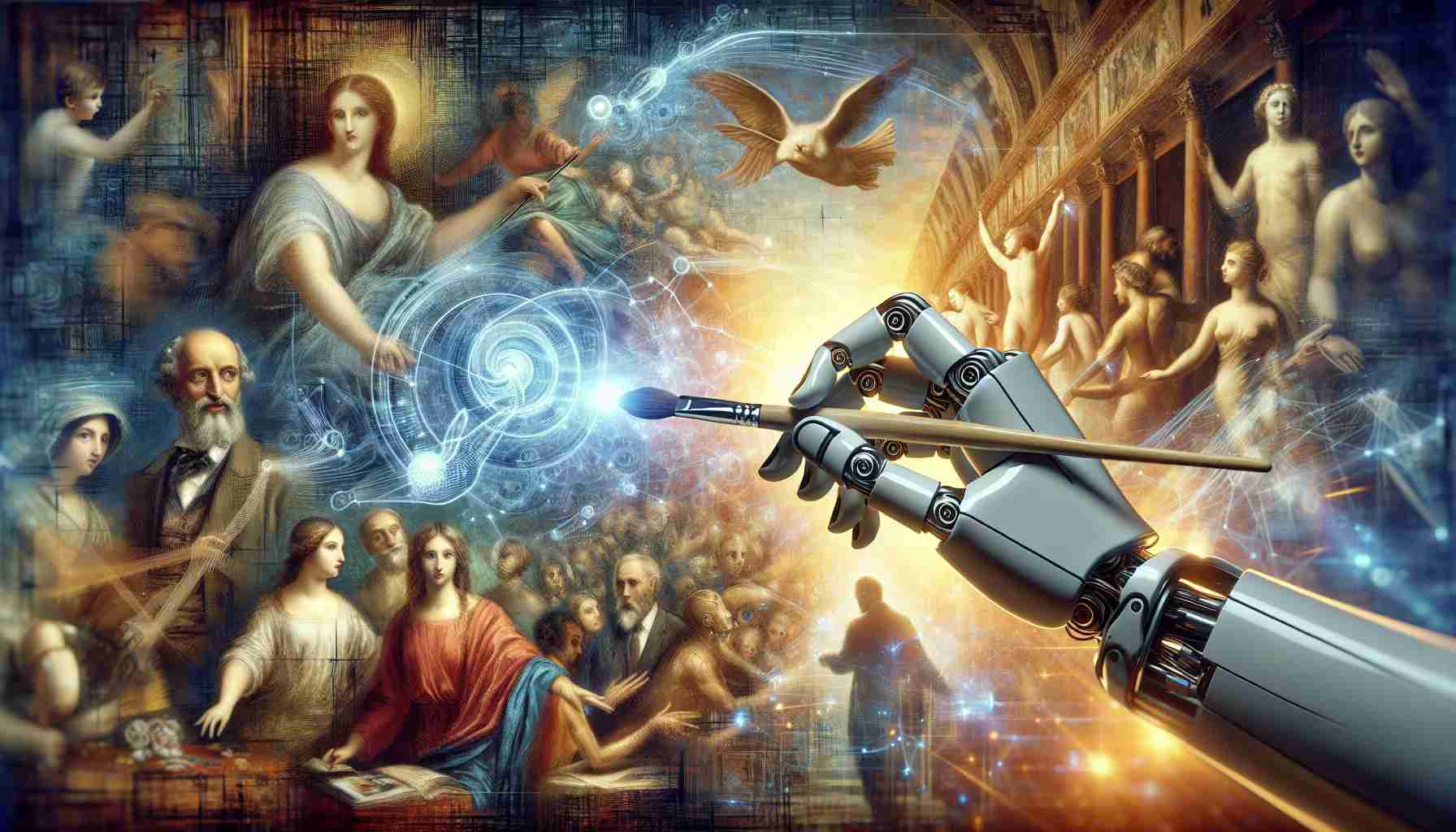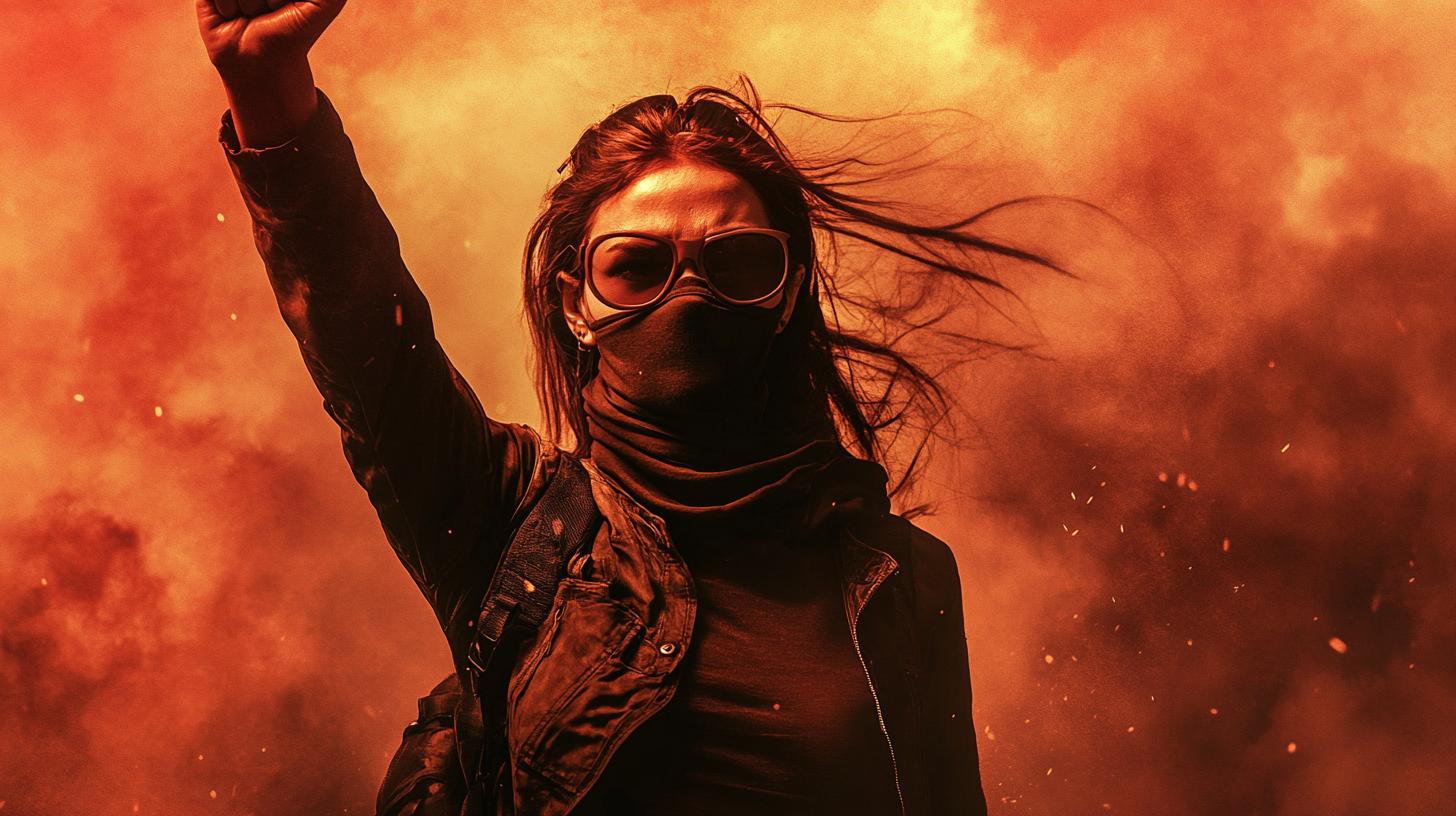AI Uncovers a Surprising Mystery in Rafael’s Masterpiece
A groundbreaking discovery by a team of international researchers, led by Hassan Ugail from the University of Bradford, reveals that Rafael’s famous “Madonna della Rosa” may not be entirely his work. Utilizing a specialized AI algorithm, the team has uncovered evidence indicating that the depiction of Saint Joseph in the painting was completed by a different artist.
Revolutionary Technology Lends New Insight
Experts have long debated the authenticity of Rafael’s paintings, particularly since the 19th century when art historians began suspecting that some of the works attributed to him might not be solely his creations. Recently, an advanced AI method developed by UK and US researchers has given credence to these theories. This AI uses deep feature analysis to scrutinize minute artistic details such as brushwork and color palettes, achieving an impressive 98% accuracy.
AI Challenges the Traditional Views
The revelation that the face of Saint Joseph might be the contribution of another artist from Rafael’s circle provides fresh insights into historical collaboration practices. While the AI has highlighted discrepancies in the style of Saint Joseph’s face, Rafael’s signature remains unchallenged for the rest of the masterpiece, which was painted between 1518 and 1520.
An Innovative Tool for Art Authentication
Hassan Ugail emphasizes this AI breakthrough as a supplemental tool, rather than a replacement for traditional art criticism. The AI’s capacity to detect hidden elements in paintings could revolutionize the field, aiding art historians in unearthing new answers to ancient questions. As AI technology advances, its role in art archaeology will likely continue to expand, offering new dimensions of understanding to art experts worldwide.
Unlocking the Canvas: Tips, Life Hacks, and Fascinating Facts about Art and AI
The unveiling of a potential artistic collaboration in Rafael’s “Madonna della Rosa” using AI technology has sparked not only intrigue but also a wave of possibilities for art historians and enthusiasts. Here are some tips, life hacks, and interesting facts that merge the world of classic art with cutting-edge technology:
1. Embrace Technology to Explore Art:
AI algorithms like the one used in the research led by Hassan Ugail offer a fresh way to view and analyze classic art. You don’t need specialized equipment to start—you can begin by exploring digital collections and virtual museums. Platforms such as Google Arts & Culture offer incredible resources to dive into artworks from around the world.
2. Understand the Brilliance of Deep Feature Analysis:
Deep feature analysis, the technology behind identifying distinct brushwork and color palettes, exemplifies how AI can enhance our understanding of artistic techniques. By concentrating on these micro-details, researchers can authenticate paintings with high accuracy. To grasp this process, those interested can explore online courses in data science and machine learning to see how these technologies can be applied across various fields.
3. Traditional Techniques Still Hold Value:
While AI provides a revolutionary approach, it doesn’t replace the eye of a seasoned art critic. Understanding historical contexts, artistic intent, and cultural significance remains crucial. AI should be embraced as a complementary tool that can unveil new aspects when paired with traditional methodologies.
4. Explore Art Authenticity Apps:
With technology’s advancement, several apps now exist that can help art lovers verify the authenticity of artworks or learn more about them. These combine image recognition technology with vast databases of art history, allowing users to engage with masterpieces from their devices.
5. The Power of Collaborative Art in History:
The notion that assistants or contemporaries of Rafael might have contributed to artworks is not unusual. Historical evidence shows many renowned artists such as Michelangelo and Leonardo da Vinci often worked with protégés. This reminds us of the collaborative nature of art during the Renaissance era, a practice that continues to flourish today.
6. Participate in Art Forums and Communities:
Engage with online communities and forums dedicated to art appreciation and technology integration. Platforms like Reddit and specialized art forums can provide insight, offer differing perspectives, and connect you with fellow art aficionados eager to discuss discoveries like the Rafael study.
7. Fascinating Fact – AI in Restoration:
AI is not just used for authentication but is also playing a role in art restoration. Programs can now suggest how degraded or incomplete paintings might have originally looked, guiding restorers in bringing historical works back to life.
In summary, as AI continues to evolve, its applications in the realm of art will only grow more sophisticated. By embracing these advancements, we open avenues to rediscover history’s masterpieces through a new lens. Whether you’re an art historian, a casual enthusiast, or a tech-savvy individual intrigued by art, the synergy between AI and traditional techniques presents endless opportunities for exploration and discovery.






















